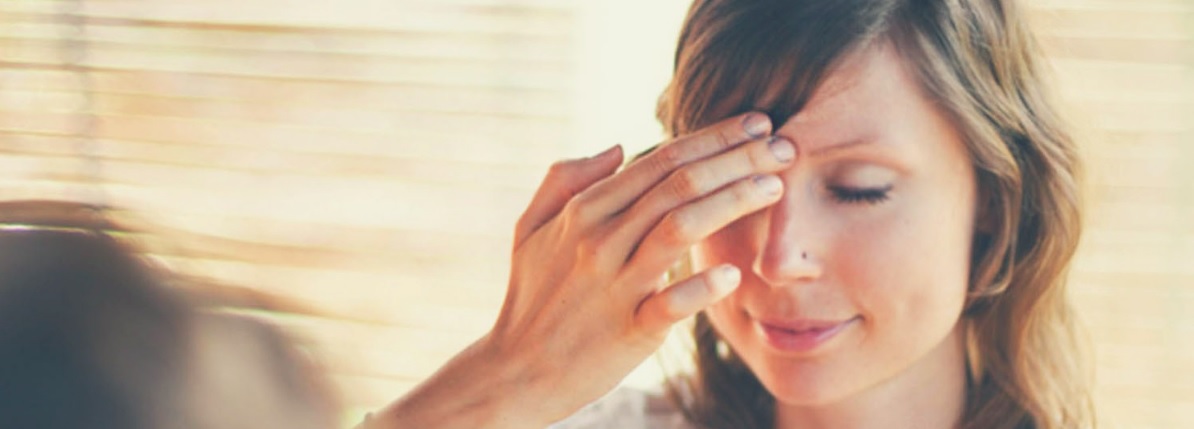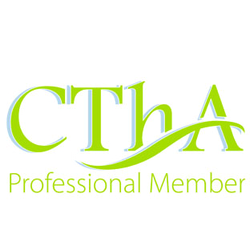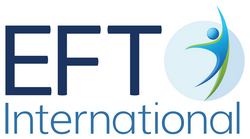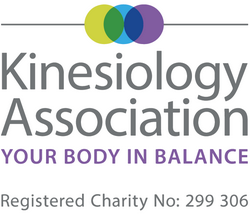Pilates
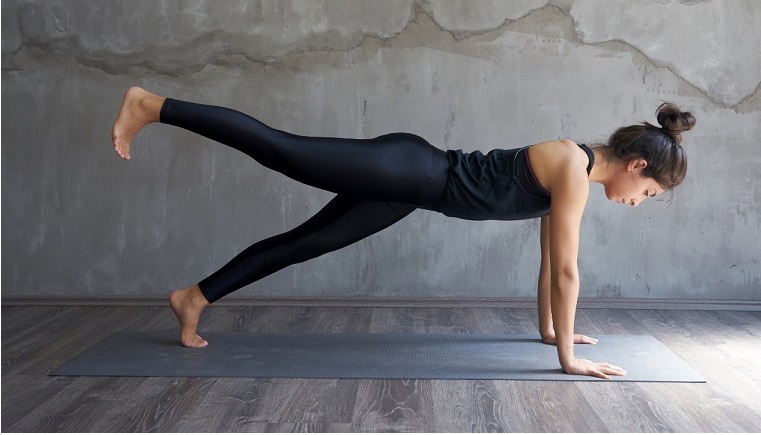
Pilates
Created by Joseph Pilates in the 1920's, Pilates is a full-body exercise method that emphasizes proper alignment, good technique and correct breathing. It aims to increase flexibility and strength as well as integrate body and mind and induces a sense of relaxation and wellbeing.
Poor posture, weak muscles and habitual patterns of misuse due to injury or poor posture make the body inefficient and out of balance creating problems with alignment and good movement patterns. Pilates helps to restore the body's natural alignment, helping to bring it into balance so that it can move more efficiently with grace and ease and with minimal effort.
The method may be taught without equipment on a mat or may employ the use of the Pilates machines developed by Joseph Pilates himself such as the Reformer, Cadillac, Barrel or Chair.
There are up to eight basic principles within the method. It is often described as a mixture of Alexander Technique to help improve posture: Body Conditioning to strengthen and tone the body and Yoga to help increase flexibility.
It builds strength without excess bulk, creating a slender but toned body.
It is now recognized by many leading physiotherapists, osteopaths and other health professionals to help in the role of injury prevention and rehabilitation.
Anybody can do Pilates regardless of age, fitness level or gender. It is suitable for a variety of health problems and medical conditions since many of the exercises can be adapted, modified or changed to cater for individual needs.
Pilates Principles
Alignment
Alignment refers to correct skeletal posture during the whole movement pattern. In Pilates we always start our movements from the correct alignment; this can be standing, sitting, semi supine and prone. Correct alignment helps to correct muscular imbalances. It helps to minimise wear and tear on the body through correct use of muscles, ligaments and tendons. We can achieve balance through an awareness of alignment
Breathing
Breathing in oxygen is the main source of fuel for any exercise so correct breathing is important. Breath control in Pilates is essential to how we control and execute the movement. Breathing during Pilates is called Postural lateral breathing or thoracic breathing because we breathe into the upper backsides of the rib cage and the back whilst keeping mild abdominal contraction. Generally during Pilates we breathe in to prepare for a movement and out to perform a movement or strain being careful not to hold the breath. Breathing also aids relaxation
Centring
The Powerhouse or the core is made up of the abdominals the pelvic floor and the buttocks. It is where every action/movement stems from. All Pilates" movements are executed from a strong and stable core which allows for a high degree of control over the limbs. Pilates encourages an even muscular balance and does not promote the use of one muscle group over another. Over use of one muscle group can lead to injury. Centring helps to promote mind/ body control
Concentration
Pilates requires focus from the individual, which helps to connect the body and mind. Concentration helps us to improve on technique, which helps to develop precision and flow preventing injury. It also helps us to develop sensory feedback helping to increase kinaesthetic awareness. During Pilates participants are encouraged to observe their bodies correcting making the correct adjustments for correct alignment and posture
Control
In Pilates fewer repetitions performed with good control is more effective
Movements performed with control avoid injury and helps us to achieve better results for our body. Challenging stability is the way we work to improve control
Co-ordination
Co-ordination can often be neglected in our daily movement patterns
Pilates works with the co-ordination of movement, breath and engagement of the core. Mind /body connection can be improved with co-ordination. Co-ordination involves mental and physical work stimulating 2-way communication. By increasing the difficulty of movements step by step co-ordination can be improved
Flowing Movements
In Pilates the movements flow into one another with a breath in between. The movements are part of a conscious thought process with one action moving through into another one. Movements move away from the centre of the body, which should be strong, stable and co-ordinated. In Pilates there are not many static holding movements
Relaxation
During each movement we are encouraged to release unnecessary tension from muscles that are not required therefore allowing you to be more aware of the muscular focus of each exercise. It teaches us to distinguish between which muscles to release and which muscles should be activated. Tension can affect breathing, which in turn prevents spontaneous action during exercise. Relaxation aids focus and breathing. Relaxation can help to prevent tension, anxiety and stress
Related Pages
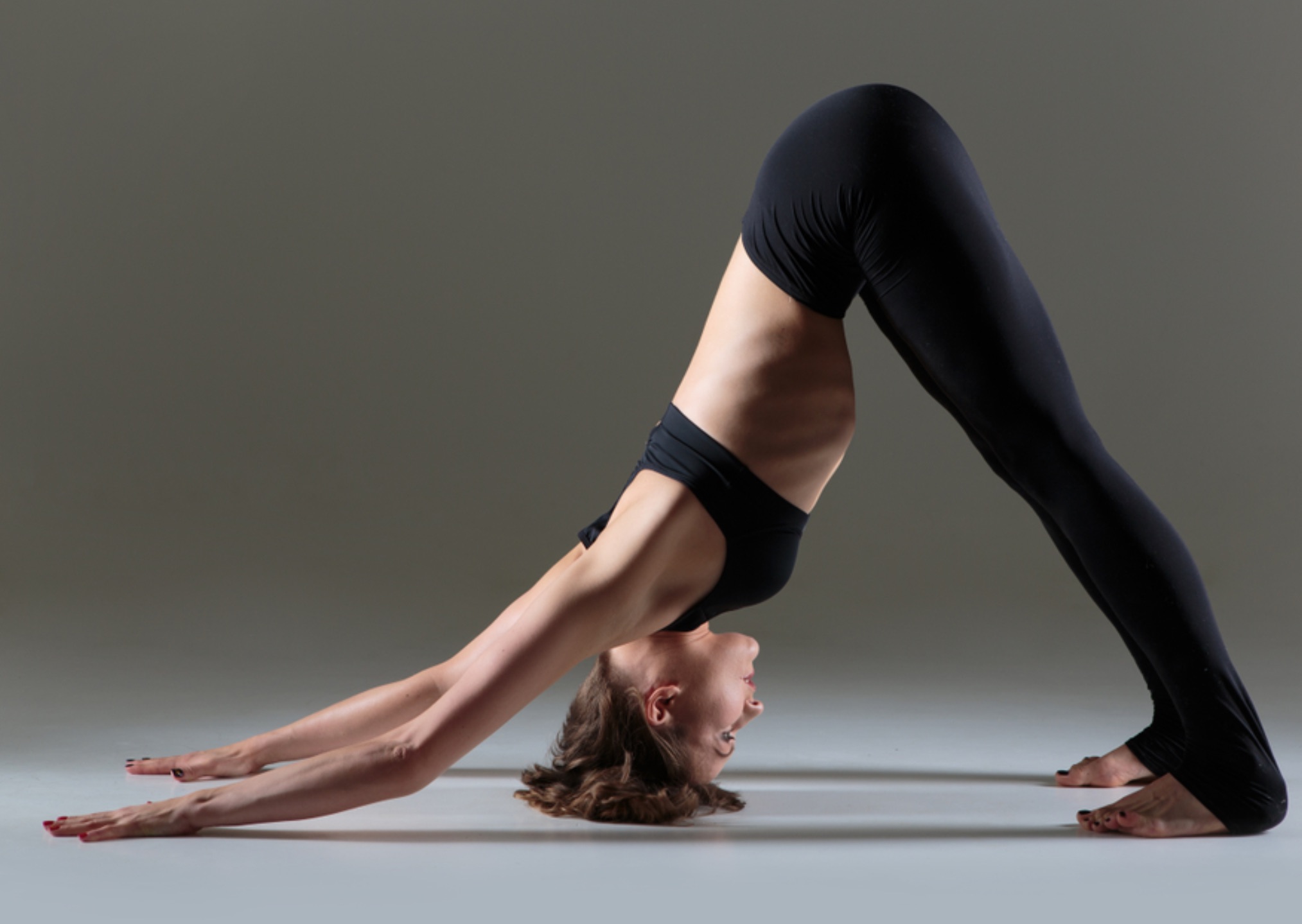
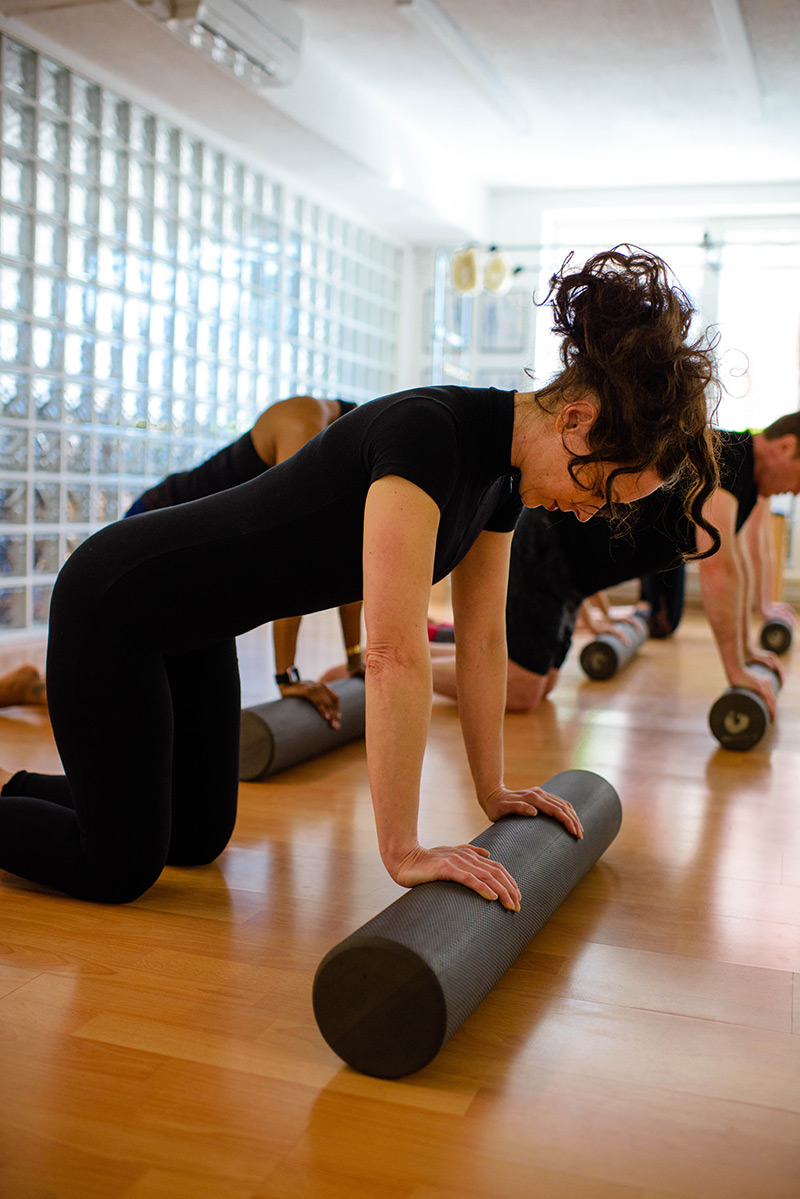
Next Previous Blog/News
I heard that some people don't know what to do with all the time on their hands during this "stay home, stay safe" period. Others have begun amazing new hobbies or are running around with their hair on fire juggling work from home, homeschooling, hom...
Next Previous Testimonials
"I suffer from a long-term sciatic problem that is severe and causes a good deal of pain. I have been working with Sonia for three months and my core strength has improved, as has all the muscle strain around the weak part of my spine. My osteopath says that he feels a real improvement. I love my sessions with Sonia, they are always varied and especially tailored to fit my very particular needs. She is thorough, kind and attentive. I have recommended her widely and will continue to do so." Jennifer S
"I have always been very active having played a number of sports to a very high standard. My focus has always been on strength and fitness and I realised after a couple of minor injuries that I had neglected some key principles. Working with Sonia was of course very different to working out in a gym or to any other training regime I had been involved in but it has so far had a huge impact on everything that I do - from walking to the tube and avoiding recurring foot injuries to my posture at work and also in the gym. I have learnt things about my body that I never knew and I now wish I had known before. I thought her style of pilates would be interesting and a change from my normal workouts but it has had a much deeper impact than I could have imagined. I now know so much more about my body and can put that knowledge to use in my workouts and everyday fitness regime. Just because you go to the gym 3 times a week does not mean you don't "need" Sonia - in fact I would suggest the opposite. In addition to this, on a personal level, Sonia always makes her sessions interesting. She is an interesting and engaging person who will make an introduction to Pilates Yoga or Somatic Movement a most worthwhile experience and even experts will benefit from her broad knowledge about the body and the mind. I couldn't recommend Sonia more highly to everyone, of all ages and all levels of fitness and experience." Graham H




